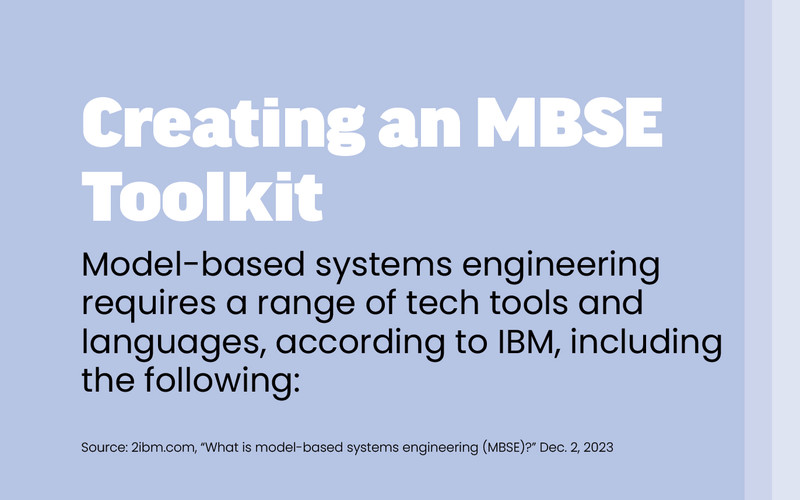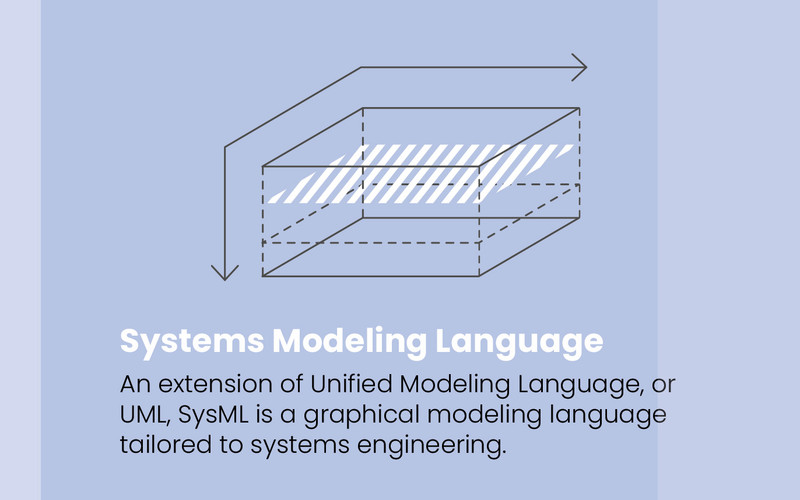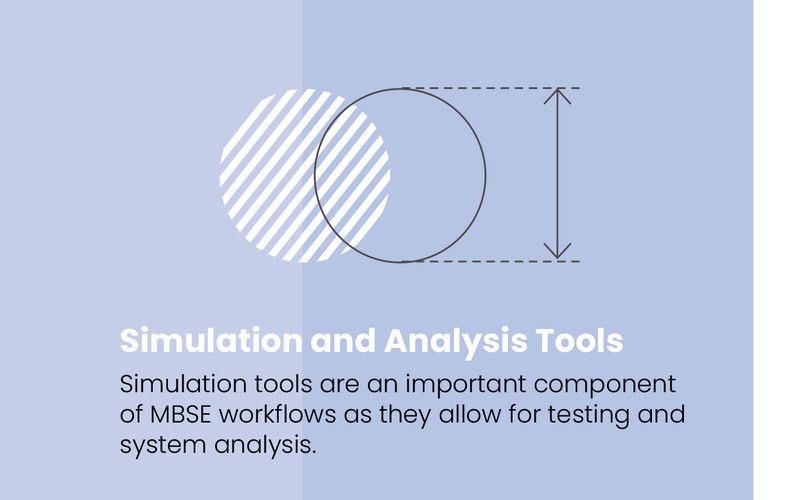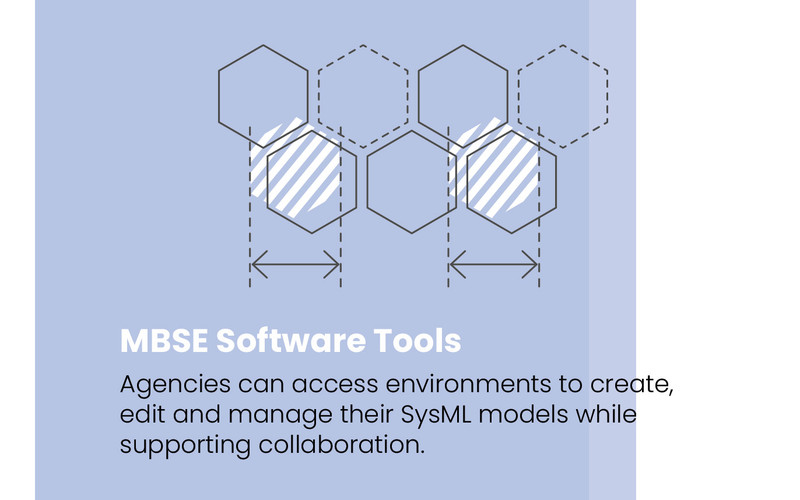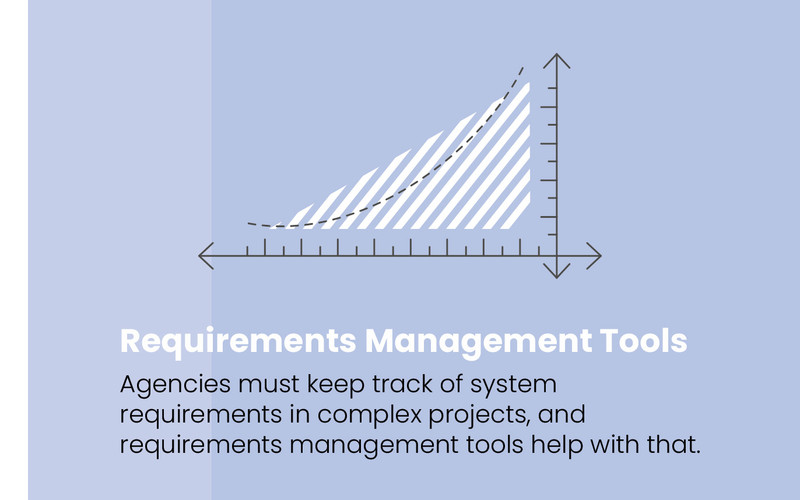Modeling the Downstream Impacts of System Changes
NASA used a systems modeling language (SysML) approach, utilizing MBSE methodologies, to create a digital twin of the electrical system on the Orion spacecraft used in the Artemis 1 mission, an uncrewed moon-orbiting flight that took place in late 2022. The Orion chief engineer wasn’t previously satisfied with the technical insight of the project, Hill explains. Such highly complex, systems of systems are prime candidates for MBSE.
“The model captured all of the diagrams that you would expect on an electrical schematic, but with all the systems’ data, channelization information, and connectivity behind it as well,” Hill says. “You can do real-time simulations and connect the model to analytical tools. This is really about how we manage systems information. Instead of managing siloed documents, we’re managing integrated models, data systems, and tools.”
Recently, MBSE workflows helped cut a preliminary design review process from six weeks to three, Hill says.
Models created in an MBSE framework utilize SysML, designed specifically for systems engineering applications. Hill describes those models as “a database in the back end with a graphical front,” which allows project stakeholders to instantly see the downstream impacts of any changes made within the system being modeled.
“If your system is configured properly, you change a variable, such as mass, and push that down through your product lifecycle management tool, down to the responsible engineers who now know they need to redesign a part,” he says.








